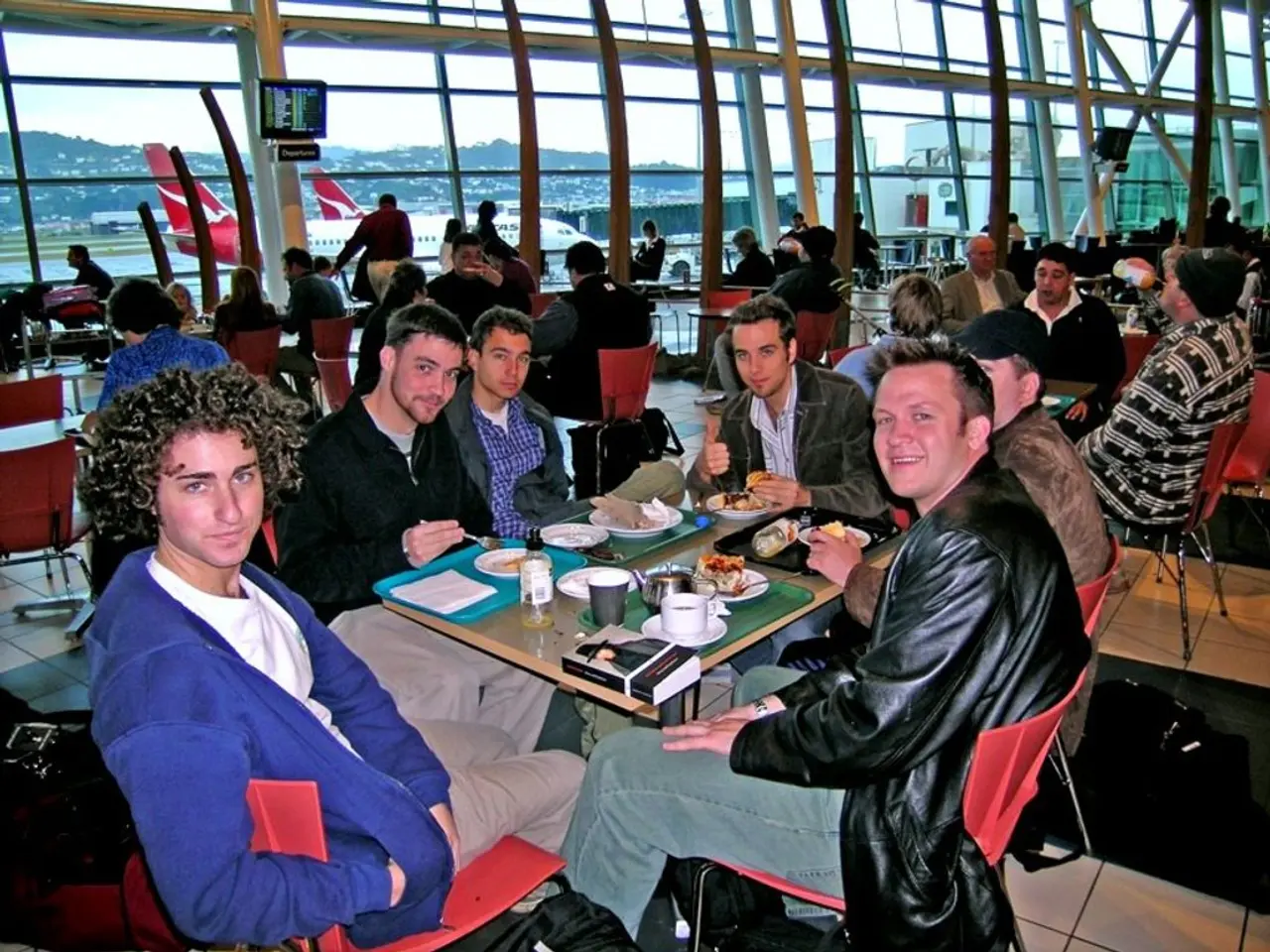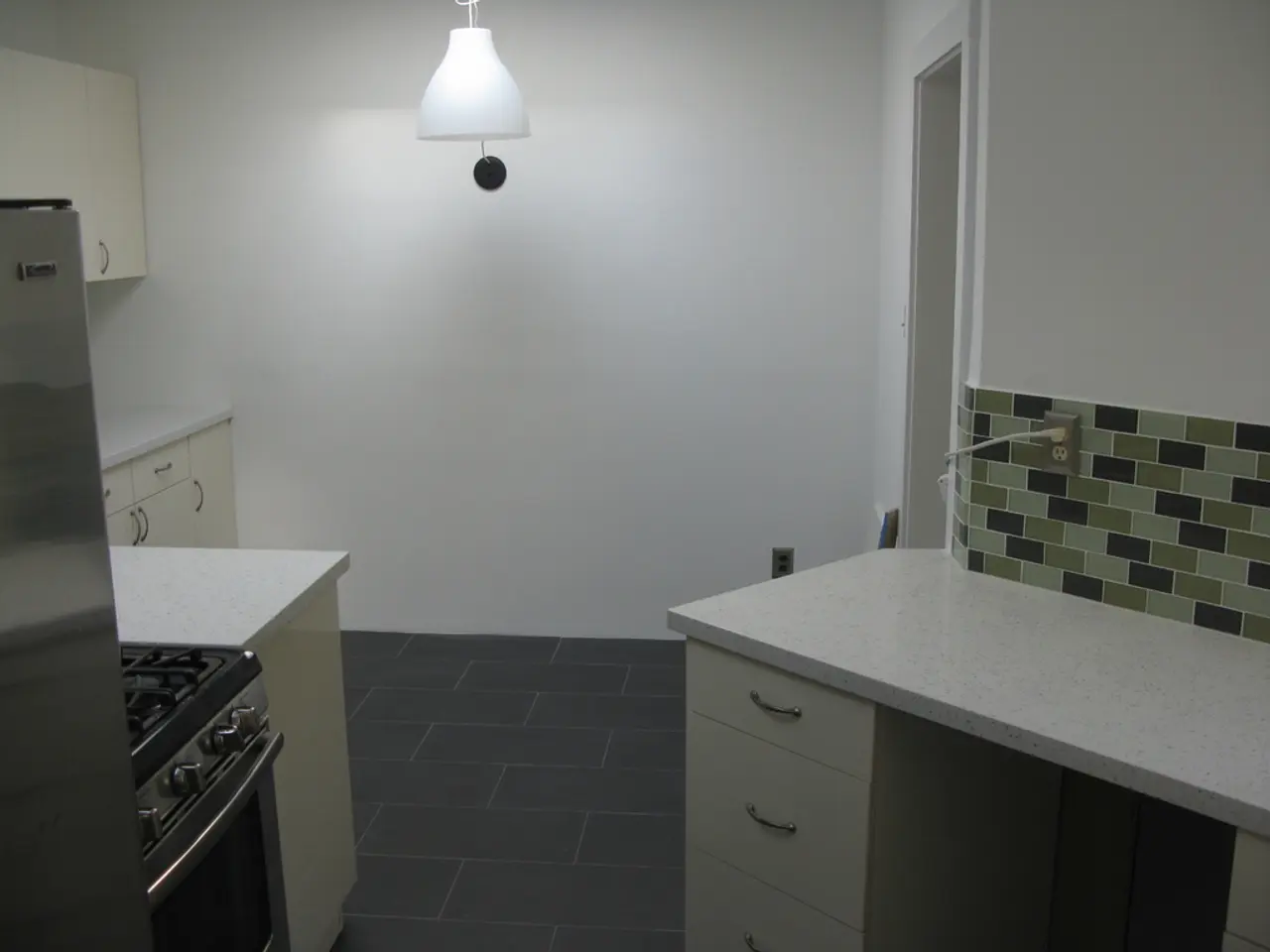EU annuls 100 ml liquid restriction for Vienna airport: implications explained
The European Union has announced a significant change to hand luggage rules at airports, allowing passengers to carry liquids in containers up to two liters instead of the previous 100 ml limit [1][2][4]. This update is applicable to airports equipped with advanced 3D CT scanners with enhanced liquid detection capability, also known as C3 scanners, that have been approved by the European Civil Aviation Conference (ECAC) [3].
Currently, several airports such as Berlin, Rome, Amsterdam, and Milan have these CT scanners installed and approved for this new liquid allowance regime [2][4]. These airports can begin implementing the relaxed restrictions immediately or in the coming days after receiving formal approval from the ECAC [3][4].
However, it's important to note that airports with these new scanners must undergo an individual ECAC certification process before applying the new liquid limits [3]. The European Commission had paused the rollout last summer due to technical glitches but has since resolved these issues with ECAC cooperation, obtaining approval by June 2025 [2][4].
Other EU airports that have not yet installed the approved CT scanners will need to do so before they can allow liquid containers exceeding 100 ml. The timeline for broader rollout depends on equipment installation and certification progress by manufacturers and airports [2][4].
In summary:
| Airport Status | Current Situation | Future Plan | |--------------------------------------|--------------------------------------------|---------------------------------------| | Berlin, Rome, Amsterdam, Milan | Equipped with ECAC-approved C3 CT scanners, allowing >100 ml liquids | Implementing larger liquid allowance now or imminently | | Other EU airports | Not yet equipped or certified | Must install ECAC-approved CT scanners to lift limits; timeline varies |
The EU-wide lifting of the 100 ml liquid container limit is expected to expand gradually as more airports adopt and certify these advanced scanners. Travelers are advised to verify the current rules at their departure and arrival airports since some still enforce the 100 ml restriction [3].
This development marks a major step in modernizing airport security screening by leveraging new technology to both enhance safety and improve passenger convenience [1][2][3][4]. Currently, not many airports in the EU have these expensive scanner devices, but the new EU approval will apply to 700 scanners "distributed across 21 member states" [5].
It's worth noting that the permission to take larger amounts of liquid than 100 ml only applies to scanners from the British Smiths Detection brand initially [5]. Passengers are still required to pack liquids, creams, and gels in transparent bags and show them before security when boarding a plane [6].
Interestingly, many larger American airports already use these C3 scanners, which resemble tunnel-like MRT devices, quite often [5]. However, at Terminal 2 of Malpensa, passengers still have to follow the 100-ml rule [7]. The new EU approval was introduced in response to a 2006 plot by Islamist terrorists [8].
References:
- EU lifts 100ml liquid ban at airports with advanced scanners
- EU lifts 100ml liquid ban at airports with advanced scanners
- EU lifts 100ml liquid ban at airports with advanced scanners
- EU lifts 100ml liquid ban at airports with advanced scanners
- EU lifts 100ml liquid ban at airports with advanced scanners
- EU lifts 100ml liquid ban at airports with advanced scanners
- EU lifts 100ml liquid ban at airports with advanced scanners
- EU lifts 100ml liquid ban at airports with advanced scanners
- This major step in modernizing airport security screening will not only enhance safety, but also improve convenience for travelers, as the European Union has lifted the 100 ml liquid container restriction at airports equipped with advanced C3 CT scanners.
- The new policy-and-legislation, allowing passengers to carry larger liquid containers, is being gradually implemented across various EU airports, such as Berlin, Rome, Amsterdam, and Milan, which have already installed and certified the required scanners.
- As more EU airports adopt and certify the advanced scanners, the general-news suggests that the 100 ml liquid container limit is set to expand, making travel more enjoyable for passengers while maintaining security standards.




